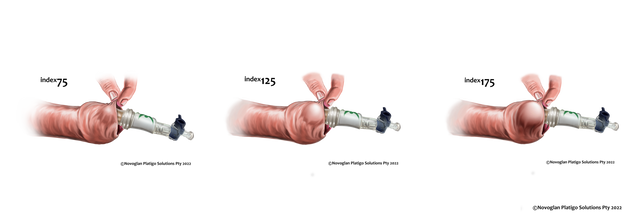
Phimosis is a condition where the foreskin cannot be fully retracted over the head of the penis, and is often a topic of health discussions among males. A better understanding of the condition can help individuals and medical practitioners address it effectively. This article delves into the question: “What are the different grades of phimosis?” to offer insight into its various stages and degrees of severity.
Understanding Phimosis
Before we tackle the different grades of phimosis, it is essential to understand what phimosis is. This condition can be physiological (natural and commonly seen in infants and young boys) or pathological (typically due to infections, inflammation, or scarring). It’s important to note that physiological phimosis usually resolves on its own as the child grows, but for some, the condition can extend well into adulthood while pathological phimosis may require medical intervention.
The Different Grades of Phimosis
Phimosis is often classified into different grades to help healthcare providers assess its severity and choose the most effective treatment. Here are the different grades of phimosis, according to the Gillatt Chung Grading Scale:
Grade 1 – Extreme ‘Pin Hole’ Phimosis
Extreme phimosis, also known as pinhole phimosis, is the most severe stage where the foreskin opening is so tight that only a small hole is visible. It can lead to significant discomfort and potential urinary issues.
Grade 2 – Severe Phimosis
Severe phimosis involves significant difficulty in retracting the foreskin. The opening of the foreskin is noticeably narrow, and the glans or tip of the penis is hardly visible. Individuals at this stage may experience discomfort during daily activities, along with difficulties during urination.
Grade 3 – Moderate Phimosis
In moderate phimosis, the foreskin remains tight with limited retraction. Only a small part of the glans can be exposed, and the individual may experience discomfort during erections and potentially while urinating.
Grade 4 – Mild Phimosis
At this stage, the foreskin can be retracted partially but cannot be pulled back entirely to fully expose the glans. The individual may experience slight discomfort during erections.
Grade 5 – Retractile Yet Tight
Here, the foreskin can retract to fully expose the glans but remains tight with some discomfort.
Understanding the Implications of Each Grade
It’s essential to remember that severe forms of phimosis can impact sexual health and function, leading to pain during intercourse or difficulty maintaining hygiene, which can increase the risk of infections. Understanding these implications is key to seeking timely medical advice and treatment.
Treatment According to the Grades of Phimosis
The treatment for phimosis often depends on the severity of the condition. While topical steroids and manual stretching exercises are often prescribed for paediatric Phimosis, there is little scientific evidence of efficacy in this treatment for Phimosis in men. However, backed by increasing clinical evidence, the use of non-invasive balloon based treatments like the Novoglan medical device, is fast becoming the benchmark first line treatment in selected patients.
Addressing the question, “What are the different grades of phimosis?” helps individuals better understand this condition’s spectrum. By identifying the grade of phimosis, healthcare professionals can offer appropriate treatments and management strategies to improve patient comfort and overall penile health.
Remember, if you suspect you or a loved one may have phimosis, it’s crucial to seek professional medical advice. This will ensure a correct diagnosis, an understanding of the phimosis grade, and the provision of the most effective treatment plan.




